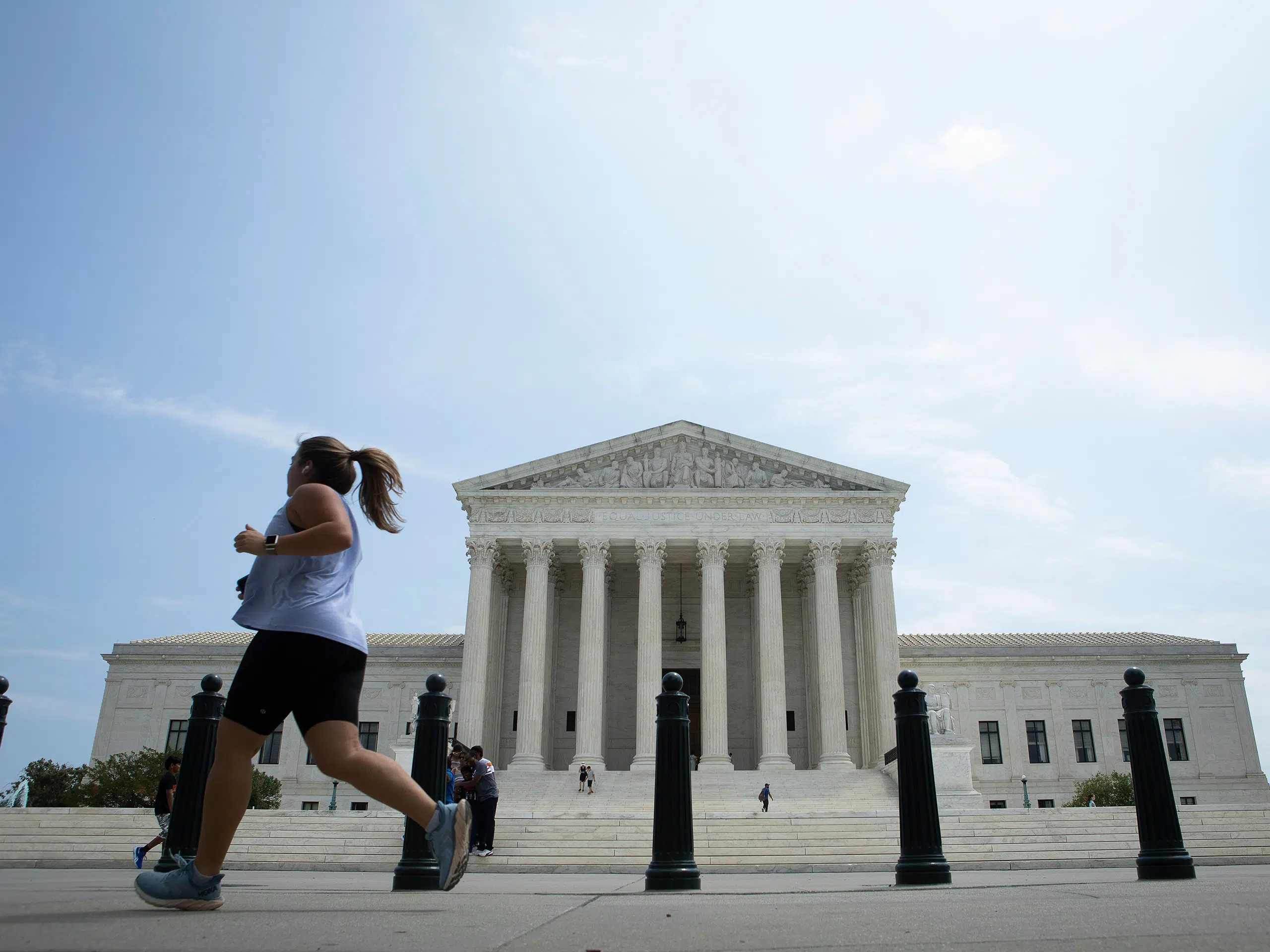Come right down to it, the argument is simple to the point of being self-evident: A human embryo is either a human person or well along in the process of becoming one. In either case, the embryo enjoys fundamental legal rights of personhood, including the right to life.
That occurred to me again while reflecting on the furor over an Alabama supreme court decision asserting the legal personhood of human embryos in a case involving in vitro fertilization — IVF for short. Pro-lifers were predictably gratified while pro-choicers predictably threw a fit.
The Alabama case was not directly about abortion. But it undoubtedly has helped set the stage for two new U.S. Supreme Court cases that are. The court will hear oral arguments in one case, from Texas, on March 26 and the other, from Idaho, on April 24. Decisions in both are expected before the court’s current term ends in late June or early July.
No matter what the Supreme Court does, its decisions will further inflame debate over abortion as an issue in November’s presidential and congressional elections. President Joe Biden and Vice President Kamala Harris say they will make abortion central to their reelection campaigns. And in November, a dozen or more states will consider ballot measures to add a right to abortion to their state constitutions.
In the Texas case (Food and Drug Administration v. Alliance for Hippocratic Medicine,
consolidated with Danco Laboratories v. Alliance for Hippocratic Medicine), the court is asked to consider a ruling from last August by a three-judge panel of the 5th U.S. Circuit Court of Appeals. The 5th Circuit largely upheld a lower court ruling that placed substantial restrictions on the abortion drug mifepristone.
Mifepristone is used in more than half of all U.S. abortions, especially so-called “mail order” ones performed by women on themselves. The lower court ruling being considered by the Supreme Court reduces the point in pregnancy after which mifepristone can’t be used from 10 weeks to seven weeks — the time when the fetus begins to feel pain. It also bars non-physician prescription of the drug and sending it through the mail, and requires three in-person visits by the woman to the prescribing physician.
According to the Alliance for Hippocratic Medicine — a group of pro-life physicians and others — the Food and Drug Administration, acting under pressure from the administrations of former President Barack Obama and President Biden, weakened restrictions on use of the drug in 2016 and again in 2021.
The Idaho case (Moyle v. United States) involves a challenge to that state’s tough new pro-life law — specifically, whether a federal law called the Emergency Medical Treatment and Labor Act overrides the state statute and obliges emergency rooms in Idaho hospitals to perform abortions. The Supreme Court has placed a federal district court ruling that says “yes” to both questions on hold pending its decision.
In asking the Supreme Court to consider the case, Idaho stressed its state’s rights aspect. The federal government, it argued, “cannot use (the federal law) to override the emergency room state law about abortion any more than it can use it to override state law on organ transplants or marijuana use.”
To repeat — the Alabama case described above was not directly about abortion but about IVF procedures. But the status of the human fetus in the eyes of the law — whether the fetus enjoys the legal rights of personhood, including the right to life (along with other rights already recognized in law) — is central to the ongoing national debate.
Shaw writes from Washington.



